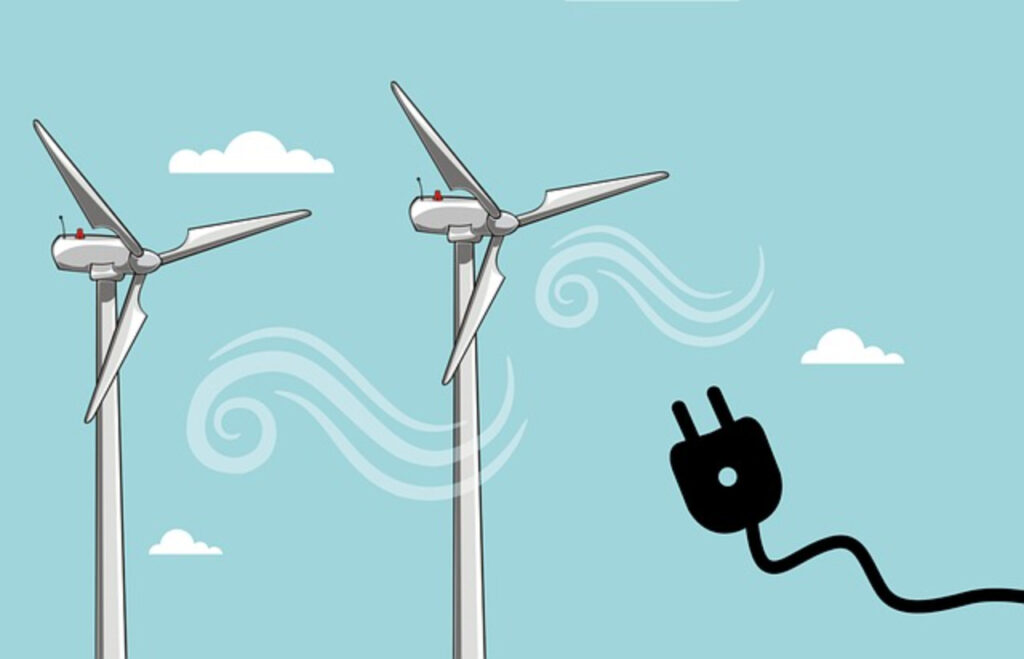The latest evaluation of the International Energy Agency (IEA) reveals that the clean energies However, there is an urgent need for a greater effort by all stakeholders to achieve the net zero by 2050 in the emission of greenhouse gases.
The IEAhighlights that the progress that has been made on this goal is underpinned by recent technological developments, while policy actions suggest that momentum is accelerating in some important regions and sectors.
"Initial estimates point to 2022 being a record year for renewable electricity capacity additions, with an increase of about 340 gigawatts, roughly equal to all of Japan's installed power capacity. China accounts for about half of those additions," the analysis notes.
This year is also expected to see another all-time record for electric vehicle sales, bringing them to 13% of total global light vehicle sales, he adds.
The International Energy Agency says another development is that pipelines for both hydrogen projects and carbon capture and storage facilities continue to expand, and last year saw record sales of heat pumps.
"A pilot project last year used hydrogen to produce steel totally free of fossil (fuels), and the first commercial production of lithium-free sodium-ion batteries is scheduled to start next year. There are more signs than ever that the new global energy economy is going from strength to strength," says Fatih Birol.

Decisions need to be made with more drive
The IEA executive director says this reaffirms his belief that the current global energy crisis can be a turning point towards a cleaner, more affordable and secure energy system.
"But this new IEA analysis shows the need for greater and sustained efforts across a range of technologies and sectors to ensure that the world can meet its energy and climate goals," he clarifies.
In spite of these positive signs, the Clean Energy Progress Tracker (TCEP) this year, which assesses the state of the game in 2021, found that only two components (electric vehicles and lighting) were fully on track for their 2030 milestones in the IEA's Net Zero Scenario for 2050, the analysis states.
Of the remaining follow-up areas, 30 were rated as "more efforts needed" and 23 were "not on track".
Pending milestones
Areas that are not on track include improving the energy efficiency of building designs, developing clean and efficient district heating, phasing out coal-fired power generation, eliminating methane flaring, switching aviation and shipping to cleaner fuels, and making cement, chemicals, and steel production cleaner.
The IEA report concludes that clean energy transitions will require a diversity of technologies and fuels in all parts of the energy system, requiring comprehensive and ambitious policy packages that adequately support transitions in all sectors.
This current decade is a critical time to lay a solid foundation for achieving longer-term goals, he says.
Source: International Energy Agencya


